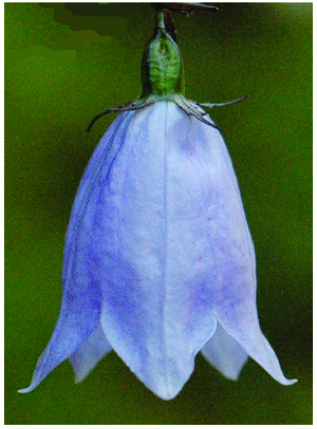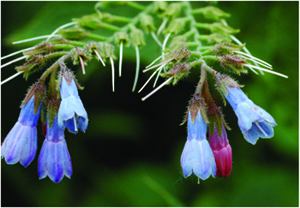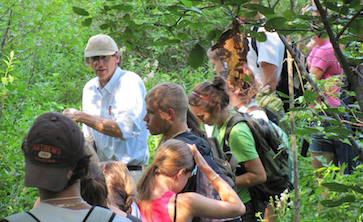| Course
Goal: To introduce you to the basic ideas about
function and evolution of flowering plants as reflected in
their structure and to provide you with the basic skills
in technical plant collection and identification. There will be about 10 field
trips.
Schedule:
We begin and return to 118 Jeffords Hall, but days we
will meet in the field around Burlington
MAPS
to MEETING PLACES)
MAP
TO PRINGLE HERBARIUM
Instructor: David S. Barrington
(dbarring@uvm.edu, 656-0431, 338-0313)
Text Books (available at UVM Store about July
1):
Magee, D. and H.
E. Ahles. 1999 or 2008. Flora
of the Northeast. Univ. Massachusetts
Press. ISBN 1-55849-189-9.
Newcomb, L. 1977. Newcomb's Wildflower Guide.
Little Brown. ISBN
0-316-60442-9 (paper)
Additional Handouts:
Critical
Characters
Prominent
Families
Important:
buy a handlens that magnifies at least 10x, put it on a
string around your neck, and bring it to class EVERY DAY. They are available at
the UVM bookstore.
Course Goal: To
introduce
you to the basic ideas about function and evolution of
flowering plants as reflected in their structure and to
provide you with the basic skills in technical plant
collection and identification. There will be about
10 field trips.
Topical Contents of
Lecture and Lab (Detailed
Syllabus Here)
1. Morphology of Flowering
Plants
Vegetative
Features
and
Serial Homology
Reproductive features and central assumptions of
flowering plant evolution
2. Ecology of Pollination and
Dispersal
Pollination Biology - link to the
powerpoint
Dispersal of Fruits and Seeds
3. Taxonomy
Early
history of plant naming
Basic botanical nomenclature and the type concept
Morphological Species Concept
Modern Species Concepts
History
of Phylogeny Work on Angiosperms
Principles of phylogenetic inference
Major Groups of Flowering Plants
5. Speciation - link
to the powerpoint
Identification of numerous
flowering plants to species using technical and popular
identification keys
Demonstration of reproductive
biology and pollination ecology of plants in bloom
encountered in the field.
Teaching of family concepts for
developing field identification skills.
Typical Day:
We begin with a lecture presentation, about 90 minutes
long, take a short break, and spend the rest of the time
doing lab or practical work. About a half of the class meetings
will be in the field - we take advantage of natural
classroom-like areas and use field blackboards, then
explore the flora of these areas in the practical
portion of the day.
All-day field
trip: You will need to reserve all day (8:30-4:30)
one day of week three for a full-day field trip. We will figure out the day
together.
Collection: A
collection of dried plants is due July 12. You need to
budget time each day outside of class time for
assembling and identifying these plants. Here are the guidelines:
- Numbers: 25 species
representing at least 20 families.
- Specimens must be: dry,
flat, and complete (include flowers and/or fruit and a
sample of the roots)
- Each specimen must have a
label with a correct genus and species name and a
collection number, as well as other data.
- Present specimens unmounted, folded in paper,
with the label included.
- Include only non-woody
flowering plants.
- Do not include cultivated
plants.
- A list of the plants
including genus, species, author, and family must
accompany the collection.
See Guide
to
Collecting
Plants for ample additional information.
Finishing
the collection
requires information
on final preparation.
Exams:
There will be a brief quiz every morning on lecture
material and the plants we have already seen. There will be two longer
exams, a midterm on June 30 and a final exam on July 14.
Course
Evaluation: quizzes 20%, midterm 20%, final
25%, collection 35%
Note: This
course moves quickly - there is a lot to learn. It is critical that you come
to every class
and that you arrive on
time. You must
work hard and follow directions to do well. The material is exciting, not
very difficult, and there will be a lot of questions, so
jump right in and ask them. Don't
be afraid to feel overwhelmed -- everyone else is too. If there is any doubt as to whether
the question you have is dumb, ask it.
Every question is important in this course. Be sure to talk to the
teaching fellow or me as soon as you encounter
difficulties: don't wait until it's too late.
|




